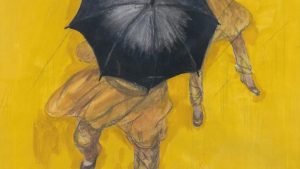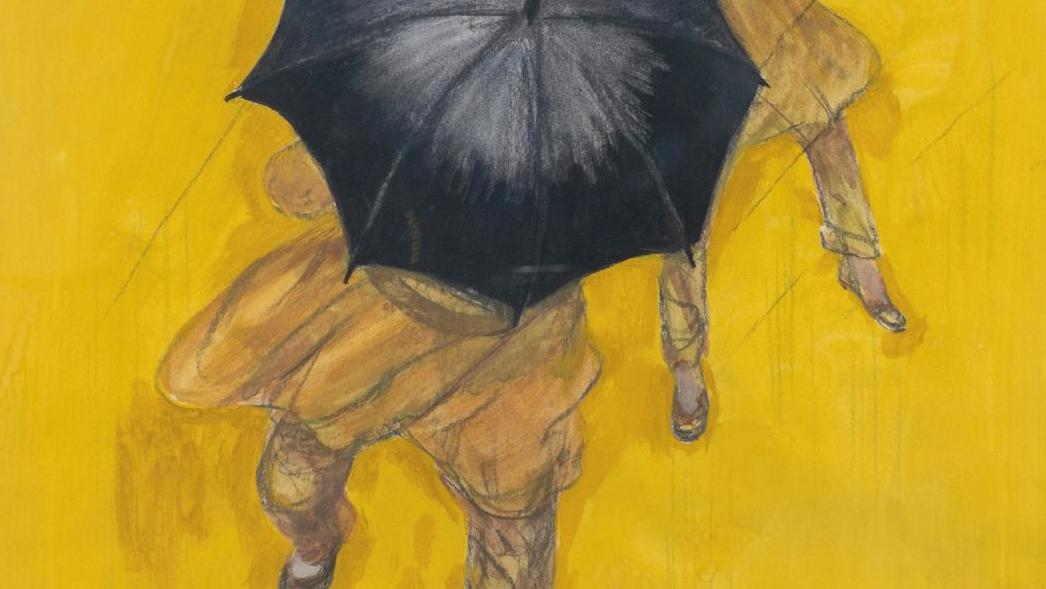British Dinosaurs To Feature On UK Money For The First Time

LONDON.- The Royal Mint is releasing three new dinosaur-themed coins – the first ever in the UK.
The series of 50p coins is a collaboration with palaeoartist Bob Nicholls and experts at the Museum.
The coins will honour the first three dinosaurs found in modern-day Britain, and the first ever named – Megalosaurus, Iguanodon and Hylaeosaurus. Although at the time they were named, ‘dinosaurs’ as a group didn’t exist. In fact, it was these three animals that made Sir Richard Owen realise that there was something different enough about them that they warranted being placed in a new group, which he named Dinosauria.
The three species will be featured on five series of collectors’ coins. Although they will be legal tender, they won’t go into circulation. Instead members of the public will be able to buy the coins, either individually or in sets.
Prof Paul Barret is a dinosaur researcher at the Museum who has been advising on the designs’ scientific accuracy.
He says, ‘It is exciting to do a project like this. Helping to approve the designs, look at the overall aesthetic and witnessing the production process, from the original thoughts about what might be included to seeing the finished coins, has been very satisfying.’
The first dinosaurs
The three dinosaurs shown on the coins represent the first three that were officially named.
Megalosaurus was named by William Buckland in 1824, after partial lower jaw, vertebrae and limb bones of the animal were discovered in several Oxfordshire quarries. Measuring up to nine metres in length, Megalosaurus was a typical large meat-eater of the Middle Jurassic period, walking on its hindlegs and sporting large, sharp teeth and claws.
In 1825, Gideon Mantell named Iguanodon from remains found in Sussex, not far from where he lived. In contrast to the Megalosaurus, these were large plant-eating dinosaurs from the early Cretaceous, reaching up to 10 metres long. With a large, horse-like muzzle, they too were bipedal but could also wander around on all fours when required.
Finally, from the same locality as the Iguanodon in Sussex, Mantell also unearthed the remains of Hylaeosaurus. Named in 1833, this was a four-legged armoured dinosaur. Measuring around four to five metres in length and covered in numerous armoured plates and long shoulder spines, it is known from just a single specimen housed at the Museum.
It would not be for another nine years that Richard Owen would conclude that these animals belonged to a group of extinct giant reptiles that he subsequently named dinosaurs.
‘Owen noticed a number of features of these three animals that distinguished them from all other known reptiles at the time,’ explains Paul. ‘Critically, one of the them was that they had evolved modified hips to deal with their large size and weight.
‘They form the original triumvirate of dinosaurs.’
Detailed depictions
There will be five different sets of coins available: gold, silver, base metal, and then two coloured versions made from silver and base metal.
Paul adds, ‘The representations of the dinosaurs are very scientifically accurate, including the fact that the Megalosaurus has some hint of feathers on it.’
The eagle-eyed will notice the coins also feature other images relating to the dinosaurs. Each one shows the original fossil from which the dinosaurs were described, including Hylaeosaurus armour plates, an Iguanodon thumb spike and the Megalosaurus jaw.
‘In addition to the dinosaurs there is also some other nice information on the coin to do with the environments they lived in,’ explains Paul. ‘They show a few fossil plants from the same sites that the dinosaurs were discovered in.’
The coins are available to buy now from The Royal Mint’s website.










